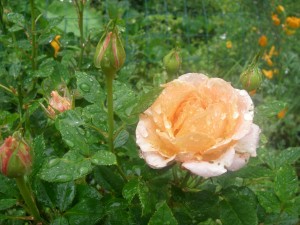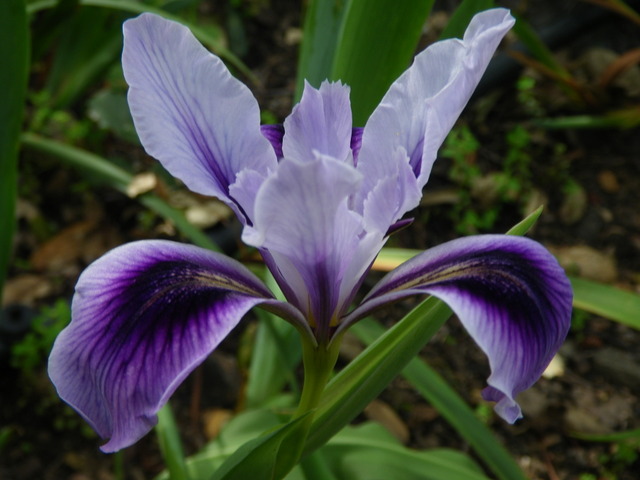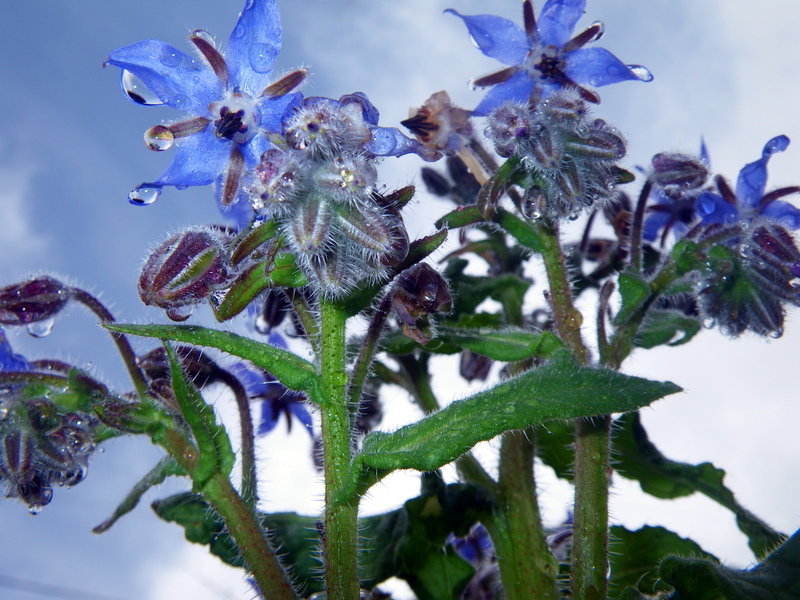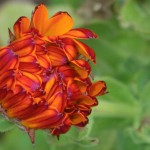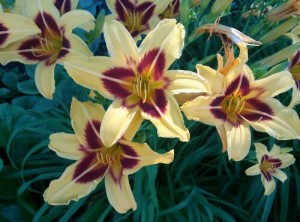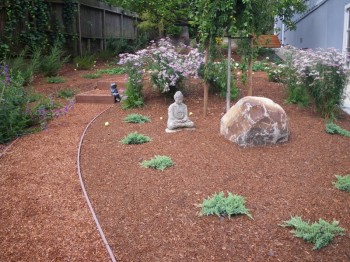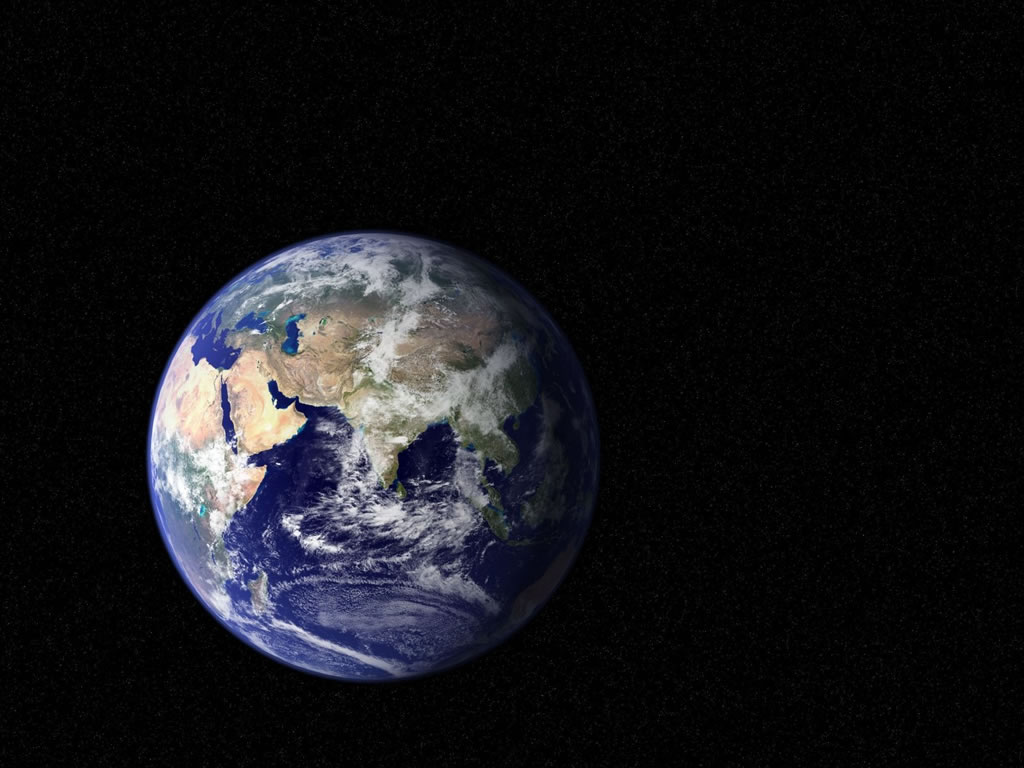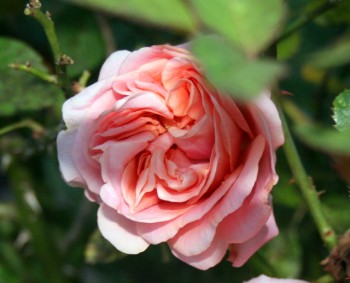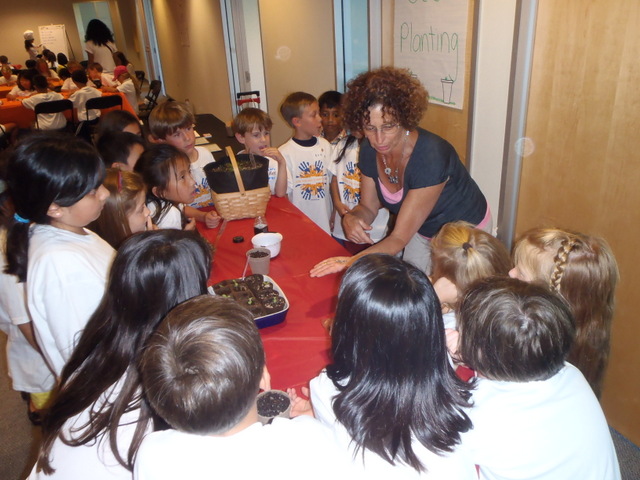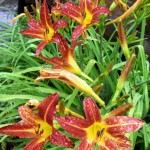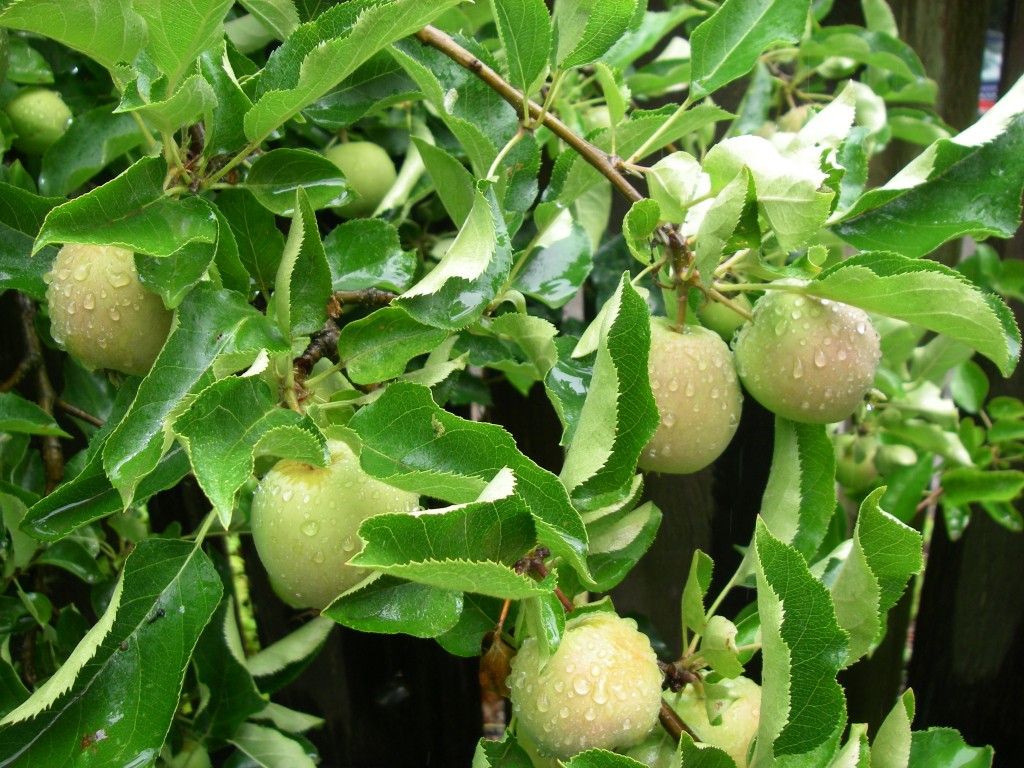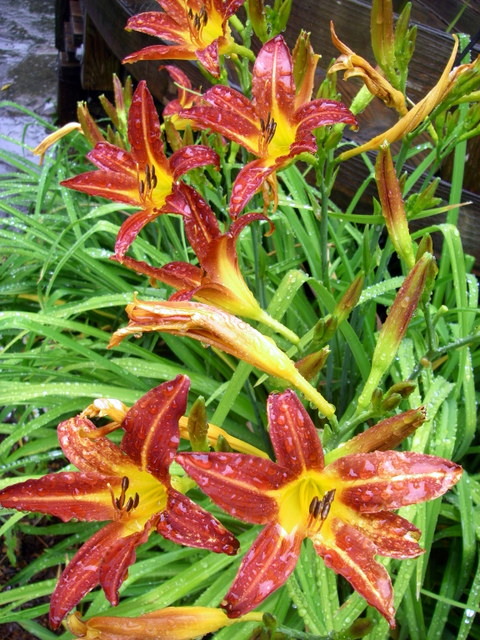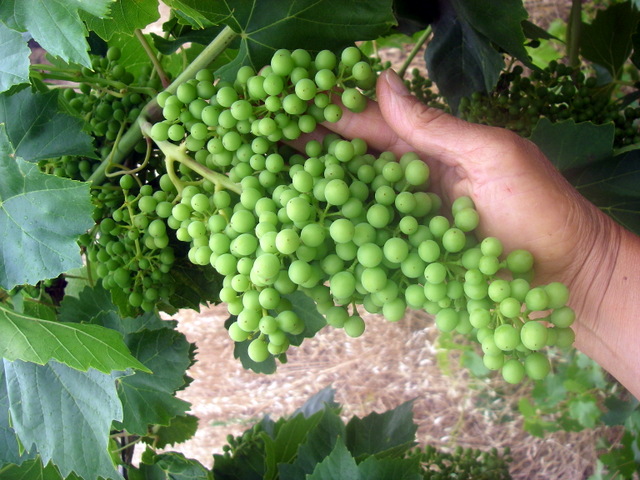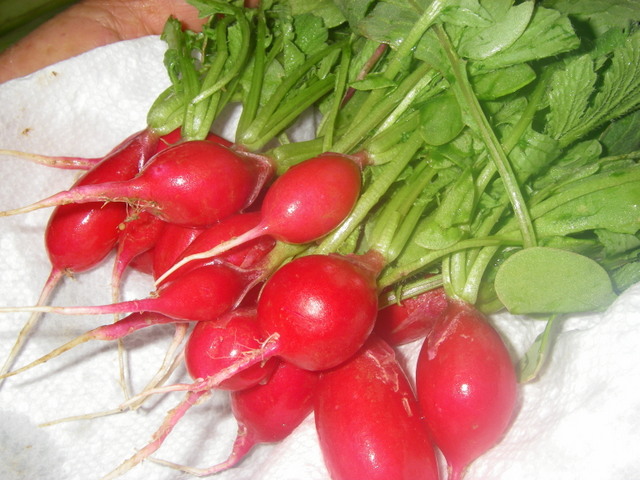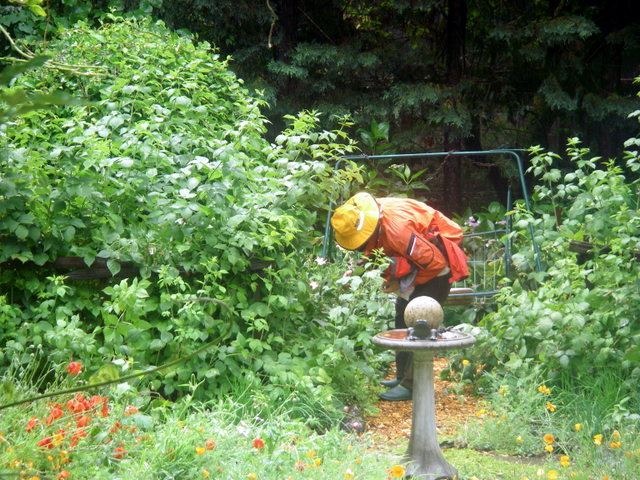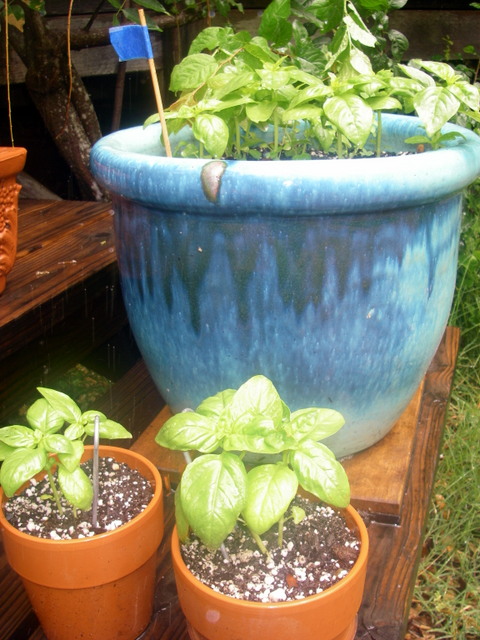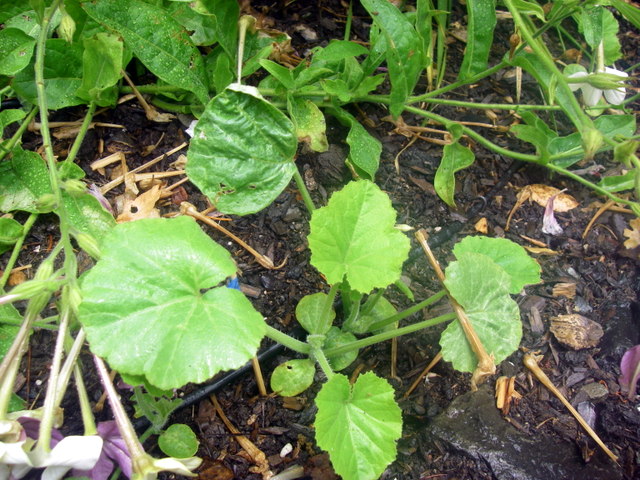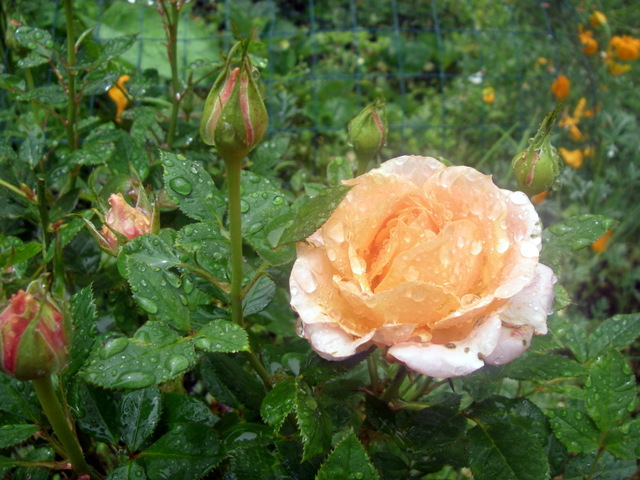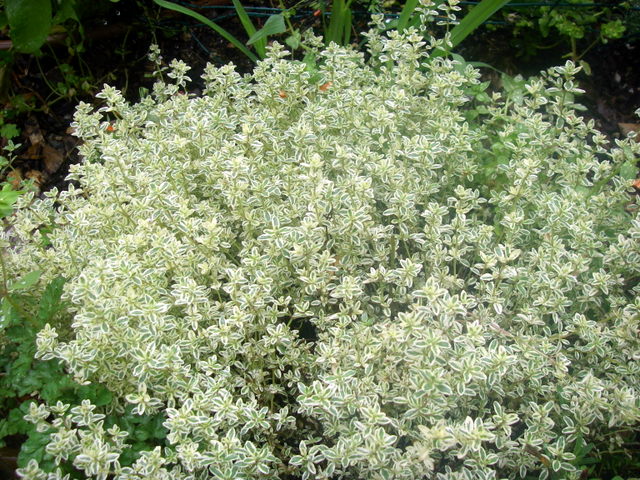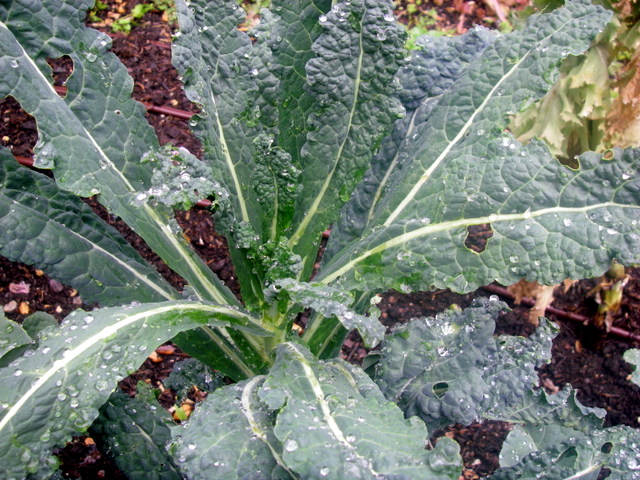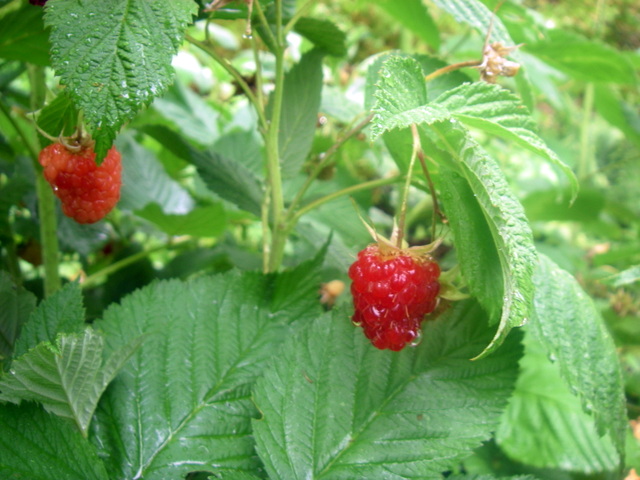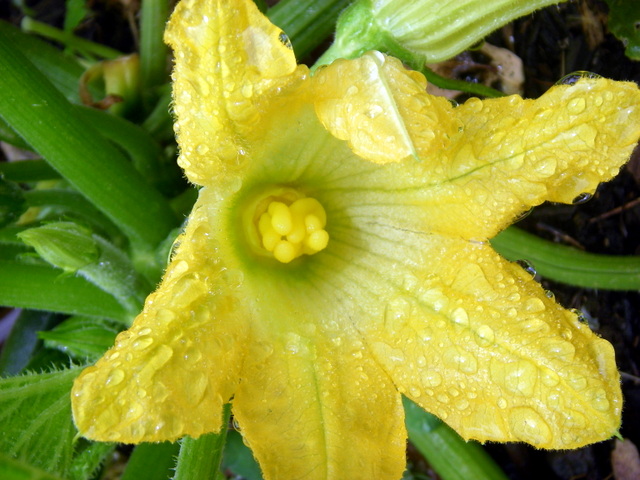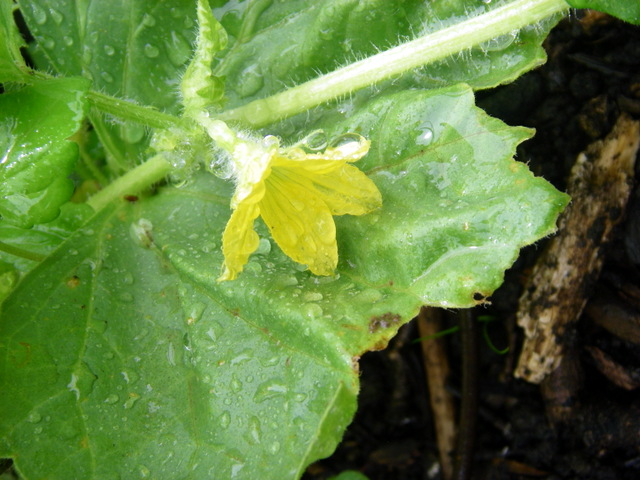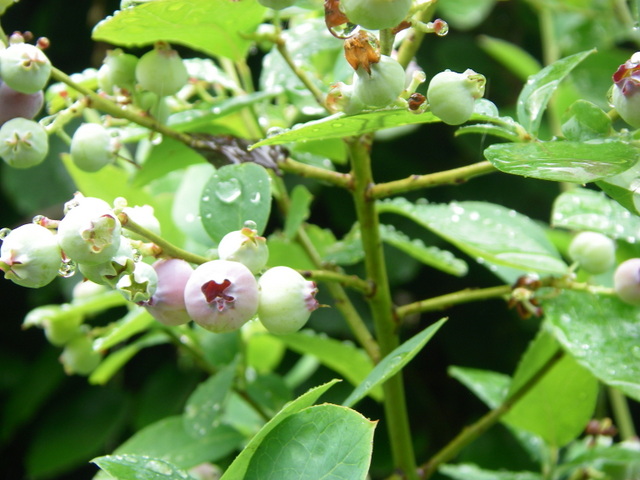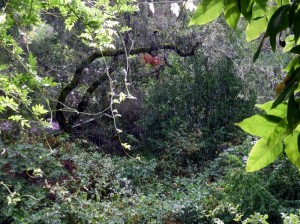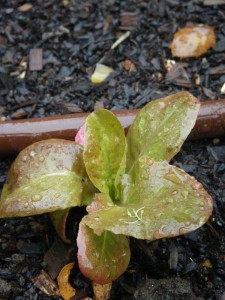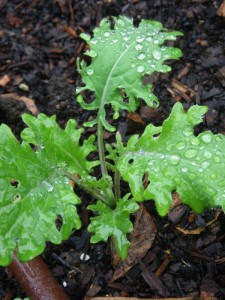
In a small area you can have a variety of different plants with different needs
A micro climate is not just a little bit of climate. It is a small area that is different from the area around it. It could be warmer or colder, wetter or drier, or more or less prone to frosts.
We are told to look up our climate zone in order to know what to plant. But the truth is that where we live the “climate ” is affected by the hills nearby, your home, trees, how much asphalt there is nearby, any bodies of water and which way the wind blows.
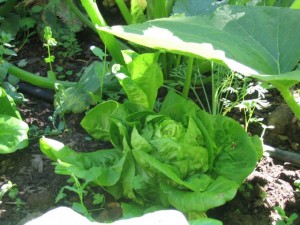
You can create tiny microclimates in your garden beds
In the picture on the right, I created a small micro climate in the garden bed by planting lettuce with zucchini in the Spring. The lettuce grew well in the full sun of Spring, then was shaded by the leaf of the zucchini as the sun got hotter. By the time the sun was too hot, the lettuce had already been harvested.
The good news is that you can make use of your own yard’s topography to grow plants that might not ordinarily grow in “your” climate. For example, if you live in a climate with winter frosts but have a south facing wall with an overhang, you can grow plants such as lemons and limes that like a warmer winter. It could be that even a few degrees of warmth will make the difference between a fruiting tree and a dead tree.
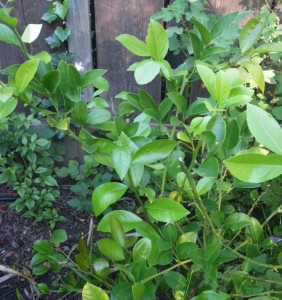
This lemon has been moved 4 times, trying to find the right spot
I live in a cold winter climate, with many days of frost. I keep trying to find a good place for my lemon. It’s not dead yet. But it’s also not filled with fruit.
I put it in the yard which gets 6 hours of sun in the winter, but the frosts were too much for it. I covered it with our down sleeping bags on really cold nights, but that wasn’t enough. I moved it to the deck in a pot, but it didn’t get enough sun. I then moved it to the back yard along a fence that got reflected west sun in the winter. It’s looking better and I’m not ready to give up yet. But I do have to mooch lemons off my friends that live in a warmer location.
The main lesson here is to observe your own garden in all its seasons and all its weather. Notice which plants are thriving and which are struggling. Look for special nooks and crannies that can give you more warmth, protection or moisture depending on what your plant needs. To find out more about micro climates, read this great article.


